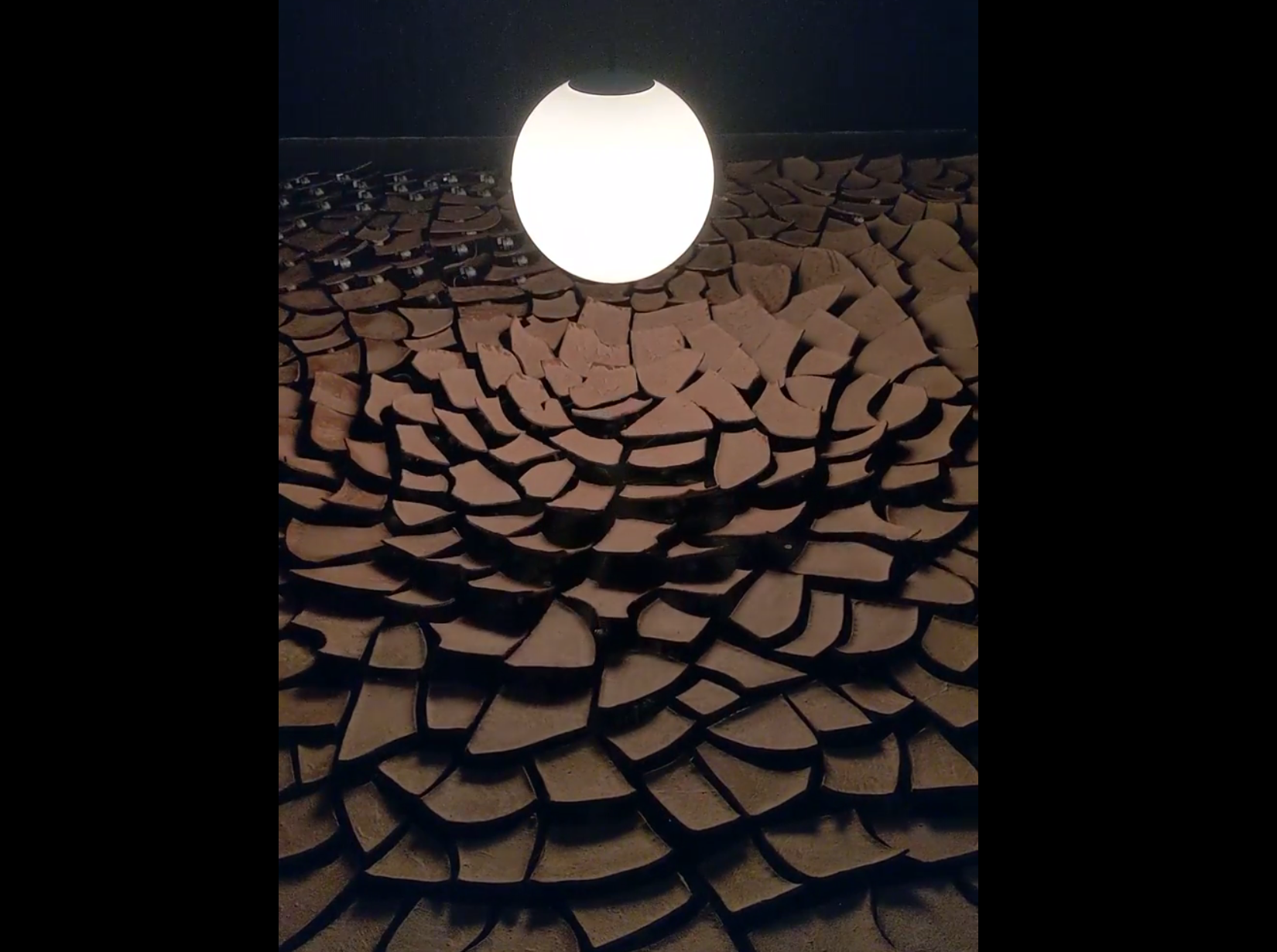This week we had a guest lecture by Rachel Falconer. She introduced herself with a brief run down of her background in curating across various art institutions.
The lecture talked through a number of computational art exhibitions dating from the nineteen-sixties to the present day. We talked about the curatorial aspects of the show and what we felt worked well and what didn't.
Interestingly one of the featured showed was the Net Art Anthology by Rhizome which was showing at the New Museum in New York which by luck at had visited earlier that week. The show was a small collection of works and we discussed how useful and relevant the physical presentation of computers from the late 90s was as part of the art form, both as ascetics and making a show about net art primarily in physical location.
In person I wasn't really taken with the show, the piece which I spent the most time with was Give me time/This page is no more - Olia Lialina, 2015. The work is a series of 35mm slides shown in pairs featuring pages from the now defunct Geocities site. One side of the pair shows pages of people "moving in" to Geocities, typically with excited messages of "content soon to come" and the other slide shows people leaving the site, with farewells and links to alternative hosting. The slides evoked a fair amount of nostalgia for me as my first website was hosted with Geocities, it was a fan website for Portishead, which is now gone, but perhaps I can resurrect it some day. It's very hard to capture how different the web was back then, a much more handcraft and amateur experience, very optimistic perhaps naïvely so.
We also talked about Backspace which was an amazing collection of early online art. I discovered them by wandering along the South Bank of the Thames in 1997 when I had just started university. The site still runs pretty well considering the distance in time and continues to inspire me with ideas which can now be realised in new ways.
After the lecture we spent time in small groups talking about ideas for curating digital art shows and what we might do that would be different. We talked about the idea of temporality with both how works are initially created, such as live performances and also how works can be displayed in a temporal context, such as The Clock by Christian Marclay. We imagined some ideas such as an exhibition from within the time frame of a single second of a computer, many billions of mathematical operations spread out across a human time span, as in many ways the disconnect in both size and speed is one of the hardest aspects of computation to grasp and I think what makes them appear so magical.
Gallery Visits
In addition to the New Museum, during my trip to New York I also visited Bitforms where they had a show Sol with three pieces by Daniel Rozin. I think it is fair to say that Daniel is very well known within the digital art community for his "mirror" pieces, an early version of which is on display at the ITP program in NYC where I did a summer school program a while ago. It's a really fun and interesting use of computation as it's so immediately familiar and causes everyone to interact with the mirrors. In this show there was a sunset video mirror in the entrance, and although I'm sure it would be complex, I now felt that with the coding experience I had gain in Theo's classes I would at least be able to embark on something similar myself.
I also visited the School for Poetic Computation where they had a exhibition on paper folding and cutting, which was fascinating. The mathematics are really quite complex and there was both interesting physical paper works and computer simulations of folding.
